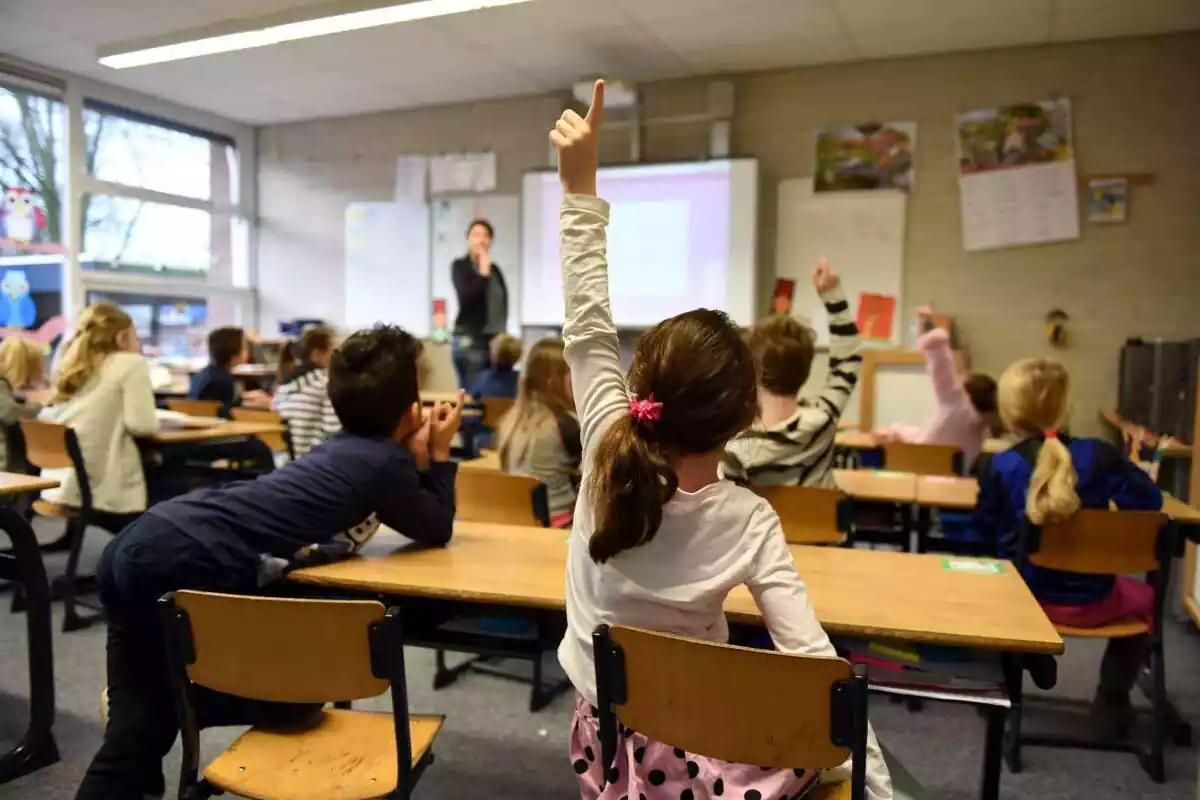It's not easy to be a child with a high IQ in a regular classroom. At four years old, this child was already showing very advanced skills, but his educational environment didn't know how to adapt to his needs.
In his first school, the curriculum was too basic for him, and that caused problems with teachers and classmates. Boredom and the lack of appropriate challenges led him to feel isolated and misunderstood.
Children with exceptional abilities need a type of teaching that goes beyond the standard program. It's not just about learning faster, but about learning differently. When this doesn't happen, children can develop emotional and behavioral problems, as happened to this child.
A new beginning with complicated conditions
When he arrived at his new kindergarten in Nice, the situation was delicate. Although he had a high IQ and surprising skills for his age, he came from a context of misunderstanding. His command of language was exceptional; he even used complex verb tenses that most children don't know at four years old.

His teachers decided to connect with him through his interests. For example, his fascination with dinosaurs became a tool to help him integrate socially and academically. However, the path wasn't easy; he had to relearn how to feel safe and accepted, something he hadn't experienced before.
The impact on the family and the environment
The impact of this situation wasn't limited to the school. The family had to make important changes to support the child. The parents changed their work schedules so they could pick him up early, because spending so many hours at school was exhausting for him.
This effort reflects the great dedication required to care for a child with special needs. It also shows how a flexible environment can make a difference so the child can function better.
The importance of proper attention and a teacher who understands
Before this new school, the child went to a daycare where his teacher didn't know how to handle his talent. They assigned him tasks that were too simple, which he couldn't and didn't want to do. The teacher's frustration ended in public verbal punishments, which seriously damaged the child's confidence.

This example highlights the importance of having trained teachers and personalized programs. Not all children learn the same way or have the same needs. A teacher who doesn't understand or doesn't want to adapt can do more harm than good.
Fortunately, at the new school they managed to give him the space and support he needed. The child once again showed his brilliance, surprising everyone with his reading and math skills, even helping other children.

